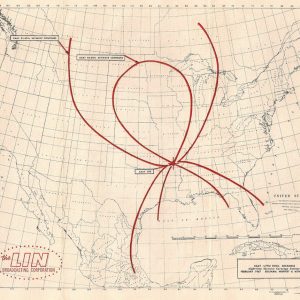 KAAY Coverage Map
KAAY Coverage Map
Entry Type: Thing - Starting with K
 KAAY Coverage Map
KAAY Coverage Map
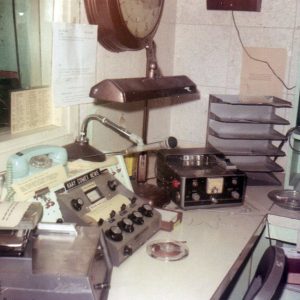 KAAY News Room
KAAY News Room
 KAAY Bumper Sticker
KAAY Bumper Sticker
 KAAY Music Survey
KAAY Music Survey
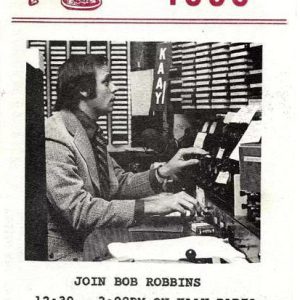 KAAY Program Guide
KAAY Program Guide
KABF
 Kahl Wanted Poster
Kahl Wanted Poster
Kahn-Jennings House
KAIT
 KAIT Antenna
KAIT Antenna
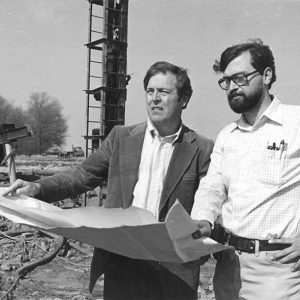 KAIT Personnel
KAIT Personnel
 KAIT Storm Tracker
KAIT Storm Tracker
 KAIT Studio
KAIT Studio
Kansas City and Memphis Railway
Kansas City Southern Railway
aka: Canadian Pacific Kansas City Limited
 Kaolin Clay
Kaolin Clay
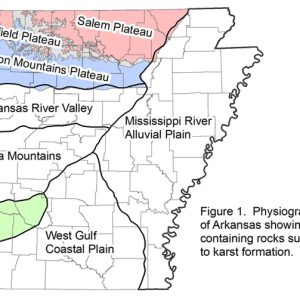 Karst Topography Map
Karst Topography Map
Karst Topography
Kaskaskia
KASU [Radio Station]
Kate Hart
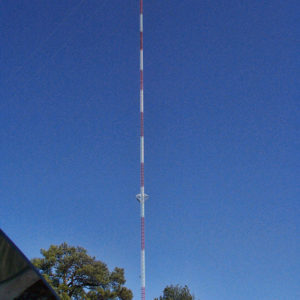 KATV Tower
KATV Tower
KATV Tower
Kays House
KBTA
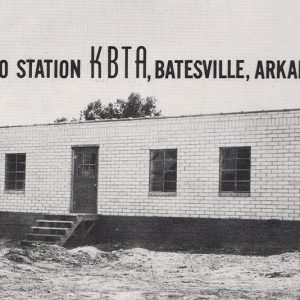 KBTA Studio
KBTA Studio
KBTM [Radio Station]
 KBTM Ad
KBTM Ad
 KBTM Antenna
KBTM Antenna
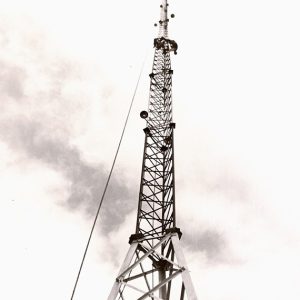 KBTM Tower
KBTM Tower
 KC-135 City of Little Rock
KC-135 City of Little Rock
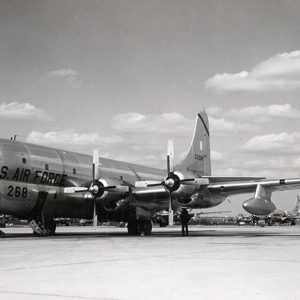 KC-97 on Ramp
KC-97 on Ramp
 Keenan Towerhouse
Keenan Towerhouse
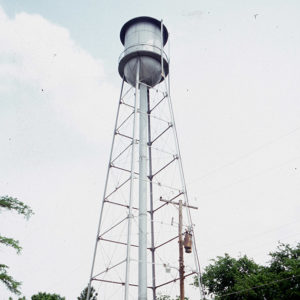 Keiser Water Tower
Keiser Water Tower
Keiser Waterworks
 George Kell Baseball Hall of Fame Plaque
George Kell Baseball Hall of Fame Plaque
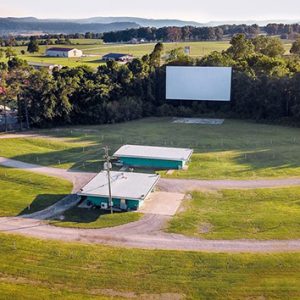 Kenda Drive-In
Kenda Drive-In
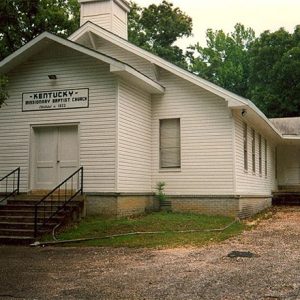 Kentucky Church
Kentucky Church
Kessler v. Strecker
Kettles in the Ozarks, The
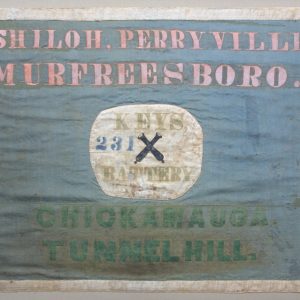 Key's Battery Flag
Key's Battery Flag
KFSM-TV
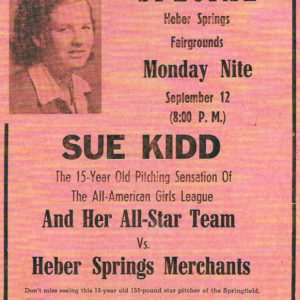 Sue Kidd Ad
Sue Kidd Ad
 Sue Kidd Baseball Card
Sue Kidd Baseball Card
 Kidwellite
Kidwellite
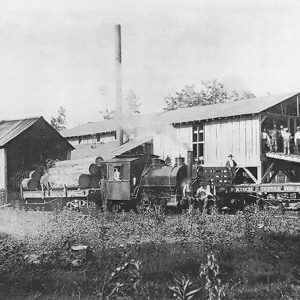 Kiech Sawmill
Kiech Sawmill
 Kimzeyite
Kimzeyite
 Field Kindley Grave
Field Kindley Grave
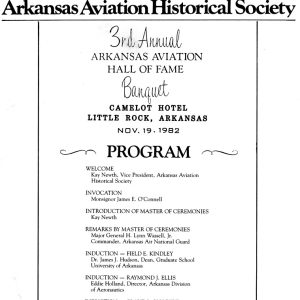 Field Kindley Induction Program
Field Kindley Induction Program
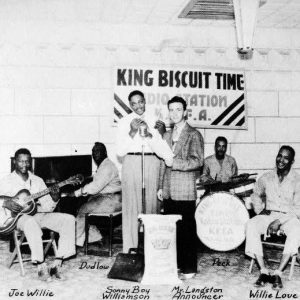 King Biscuit Time
King Biscuit Time




